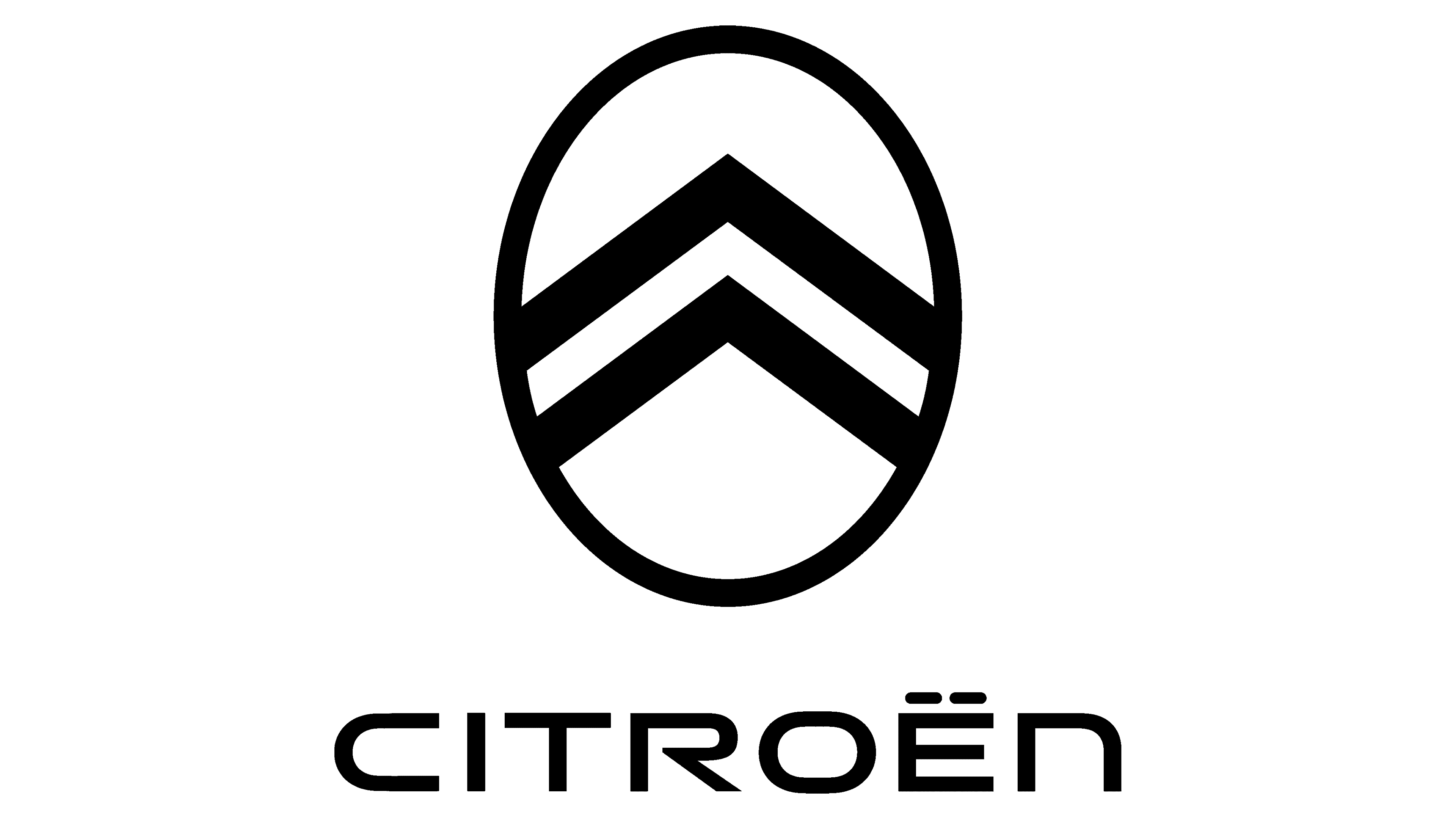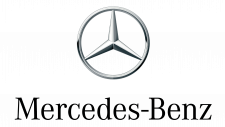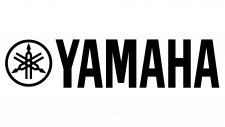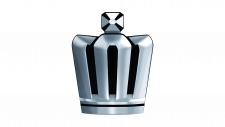Citroën Logo
Citroën is a renowned French automobile manufacturer, established by André Citroën. Born in Paris, this visionary entrepreneur launched Citroën to innovate the automotive industry, introducing mass-produced cars in Europe. Famed for its pioneering technology and distinctive designs, Citroën has crafted vehicles for various purposes, from everyday commuting to racing. Its creation marked a significant leap in making mobility accessible and has since evolved, contributing iconic models to the global car market.
Meaning and history
Founded by André Citroën in 1919, Citroën revolutionized car manufacturing with Europe’s first mass-produced vehicle, the Type A. In the 1930s, it introduced the Traction Avant, pioneering front-wheel drive. By the 1970s, financial struggles led to a merger with Peugeot, forming PSA Group in 1976. Citroën continued innovating, releasing models like the CX. In 2021, PSA merged with Fiat Chrysler to create Stellantis, Citroën’s current parent company. Throughout, Citroën has maintained a reputation for innovation and design excellence.
What is Citroen?
Citroën stands as a beacon of French automotive craftsmanship, founded in 1919 by the visionary André Citroën. Renowned for its bold designs and technological innovation, it weaves together tradition and avant-garde, offering a fleet that challenges the mundane and elevates driving into an art form.
1919 – 1922
In 1919, Citroën introduced its first emblem: a simple, vibrant design. An oval, outlined in blue, frames a pair of bold, yellow chevrons. These chevrons, representing forward motion and gears, anchor the brand’s automotive identity.
1922 – 1932

Moving forward, the logo evolves into an octagonal shape, maintaining the iconic chevrons. The transition to a more angular perimeter conveys a sense of robustness and a break from the conventional.
1932 – 1935
The logo with a swan features an artistic blend, where the swan symbolizes the smooth ride of Citroën cars, akin to a floating motion. This is set against a background that resembles an art deco style, with the golden chevrons proudly atop.
1935 – 1959
The logo returns to a more rounded form, echoing its origins. The chevrons remain central, their position unaltered, a testament to the brand’s enduring legacy and consistency in innovation. Each logo marks a chapter in the brand’s visual identity, serving as a bold statement of Citroën’s journey through the automotive ages.
1959 – 1966
Transitioning to the next emblem, Citroën returns to a more streamlined design. The bright yellow border illuminates the double chevrons set against a dark backdrop. Below, the brand name stands out in a crisp, clear font, reinforcing brand identity with a sleek, professional look. This marks a shift towards a modernist approach in branding, focusing on clarity and impact.
1966 – 1985
In the next evolution, the chevrons are centered within a white circle, bordered by navy, with the brand name in a bold rectangle below. This iteration marries tradition with modern design, emphasizing the brand’s heritage and its progressive trajectory. The stark contrast of colors symbolizes Citroën’s commitment to clarity and distinction in its automotive excellence.
1985 – 2009
This Citroën logo, features a vivid red square backdrop that commands attention. The white, stylized double chevrons are sharply defined against the red, creating a striking contrast. Below, the “CITROËN” wordmark is black, bold, and cleanly spaced, with a distinctive umlaut over the ‘E’ that echoes the chevron motif. The logo’s use of primary colors and geometric shapes gives it a timeless and dynamic character.
2009 – 2016
The 2009 Citroën logo evolves into a more sophisticated identity. The chevrons are now rendered in a metallic gradient, giving a 3D effect that symbolizes innovation and modernity. Underneath, the “CITROËN” wordmark is in red, adding vibrancy and energy. The wordmark’s font is modern and bold, with the ‘Ë’ adorned with the double chevron, reinforcing brand recognition. The logo’s interplay of shadow and light on the chevrons adds depth, suggesting a dynamic and progressive brand.
2016 – 2019
The first logo, assumed to be the 2016 version, showcases a minimalist design with the iconic double chevron emblem. The chevrons are rendered in a bold, solid grey, suggesting strength and stability. Below the chevrons, the wordmark “CITROËN” is presented in a simple, sans-serif typeface. The overall simplicity conveys a modern and sleek brand image.
2019 – 2022
The chevrons in this version are slightly improved with a darker shade of gray and a more pronounced 3D effect This evolution hints at depth and sophistication. The wordmark remains unchanged, maintaining brand consistency, but its positioning appears more integrated with the chevrons above, suggesting a unified brand identity.
2021 – 2022
The 2021 Citroën logo presents a bold, contemporary look with an all-black color scheme. The double chevrons are stark and pronounced, floating above the “CITROËN” wordmark, which features a unique typeface. The overall design is clean, with a focus on symmetry and boldness, conveying a sense of modernity and forward-thinking.
2022 – Today
This encapsulation adds a classic touch, suggesting heritage and tradition. The wordmark “CITROËN” below is in a timeless sans-serif font, with the ‘Ë’ accented, hinting at the brand’s French origins. The monochromatic color palette speaks to the brand’s elegance and simplicity.























